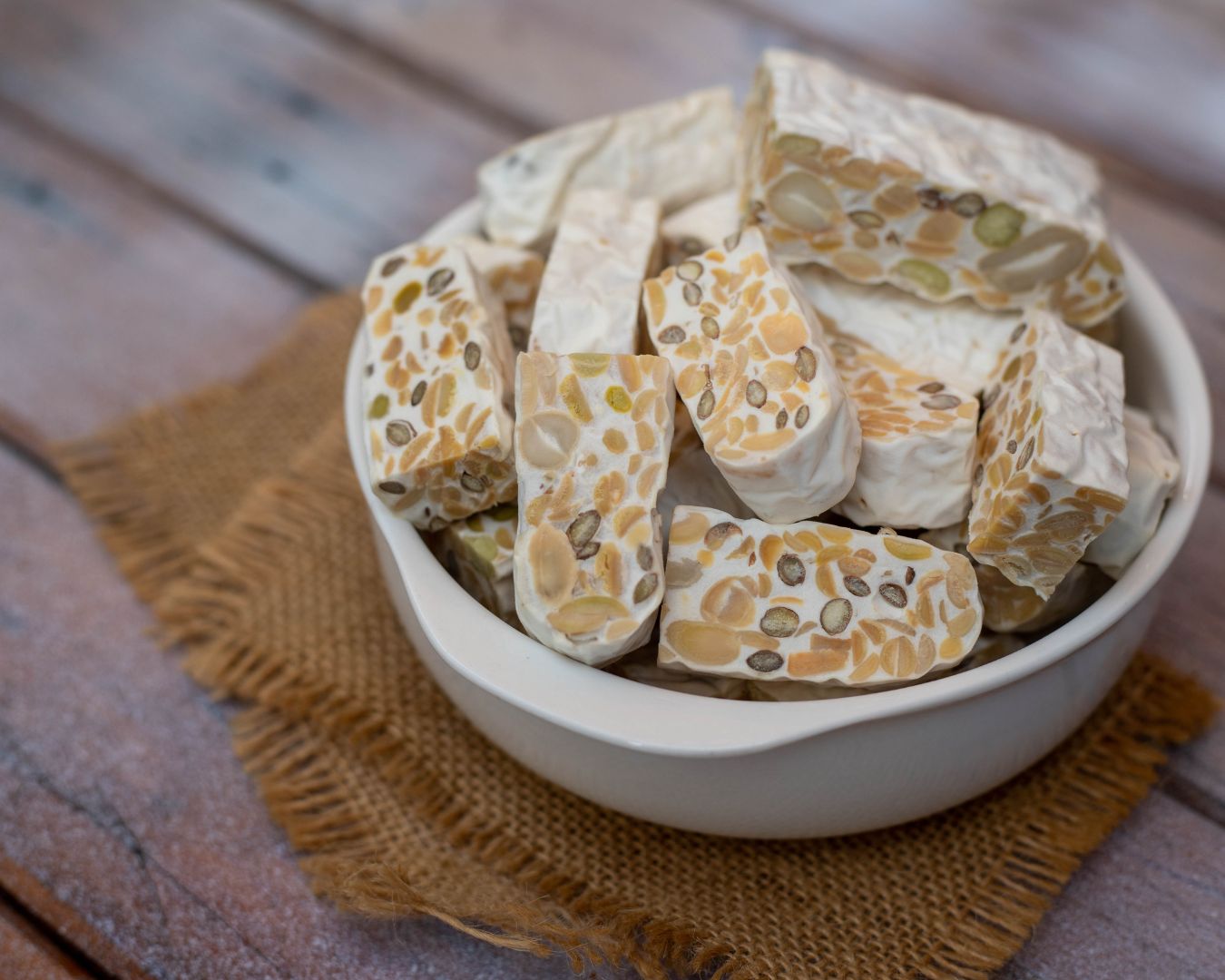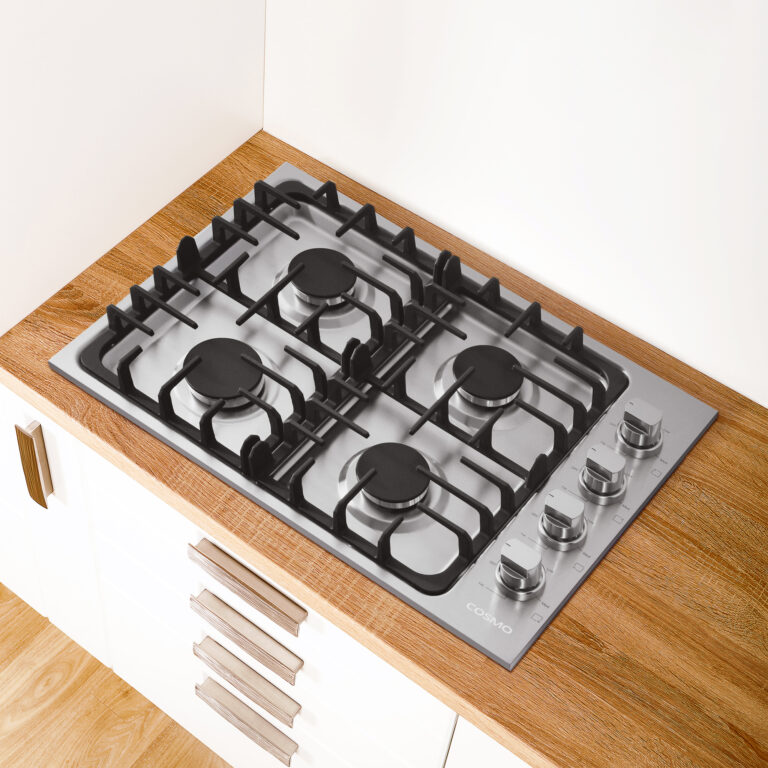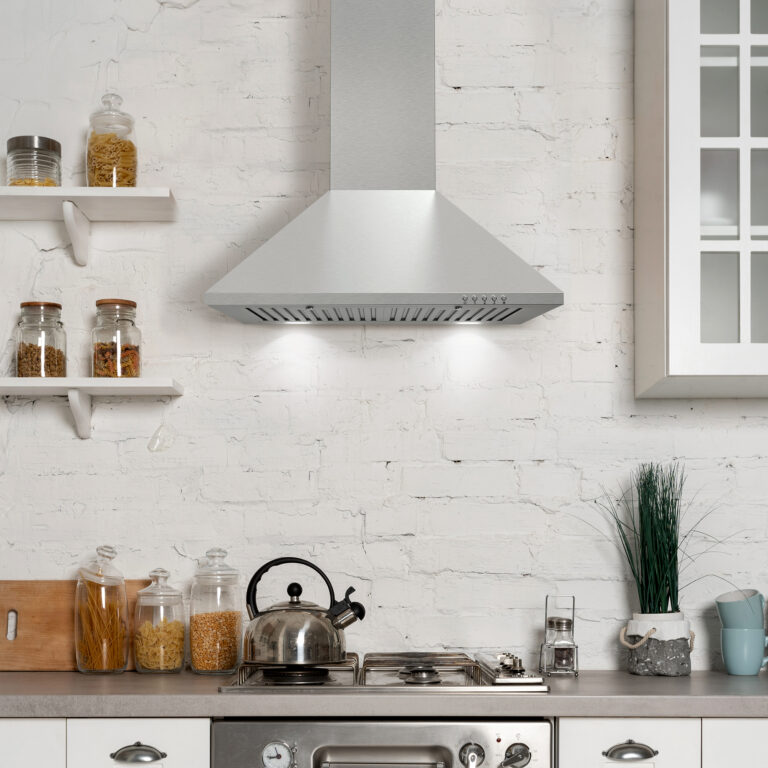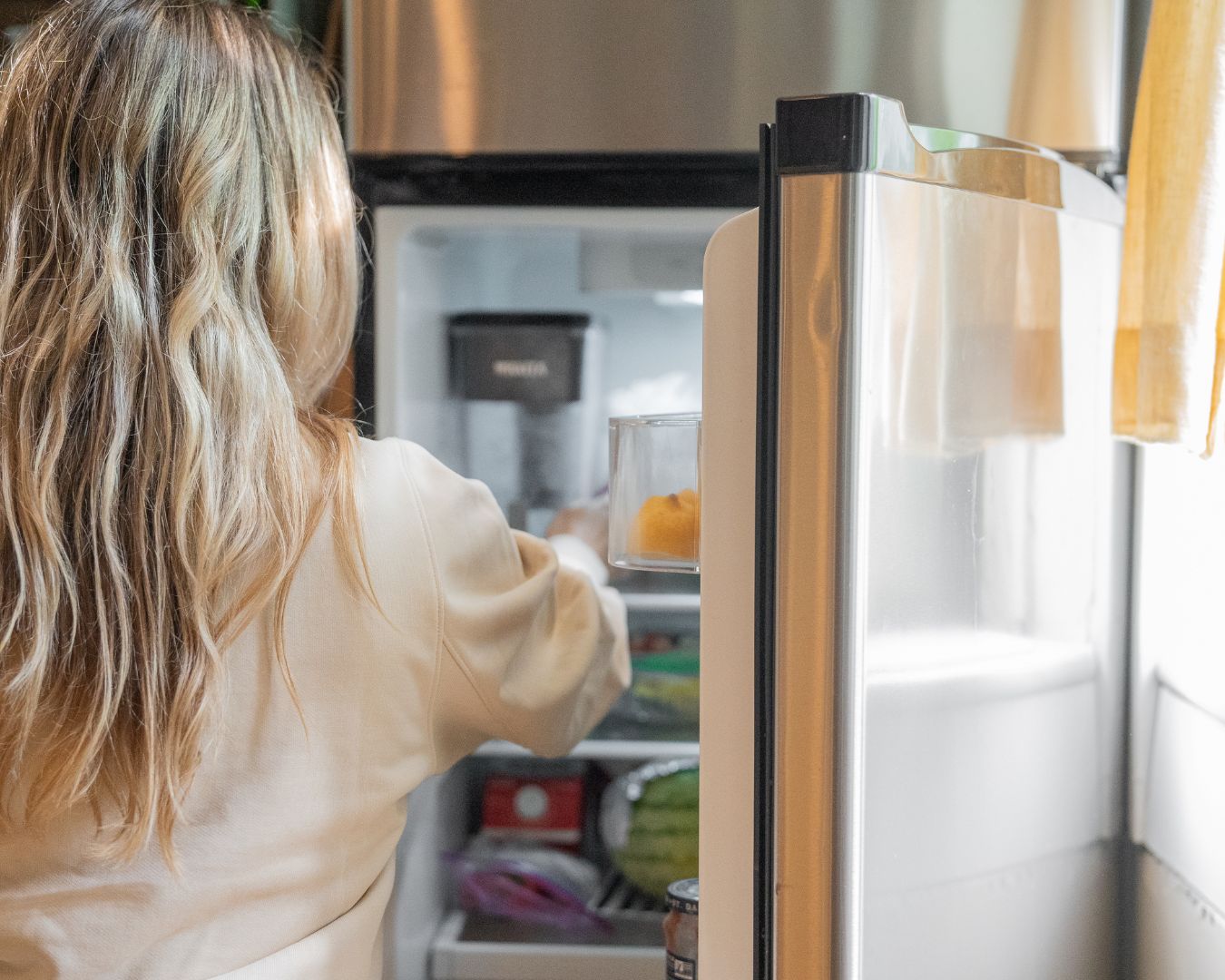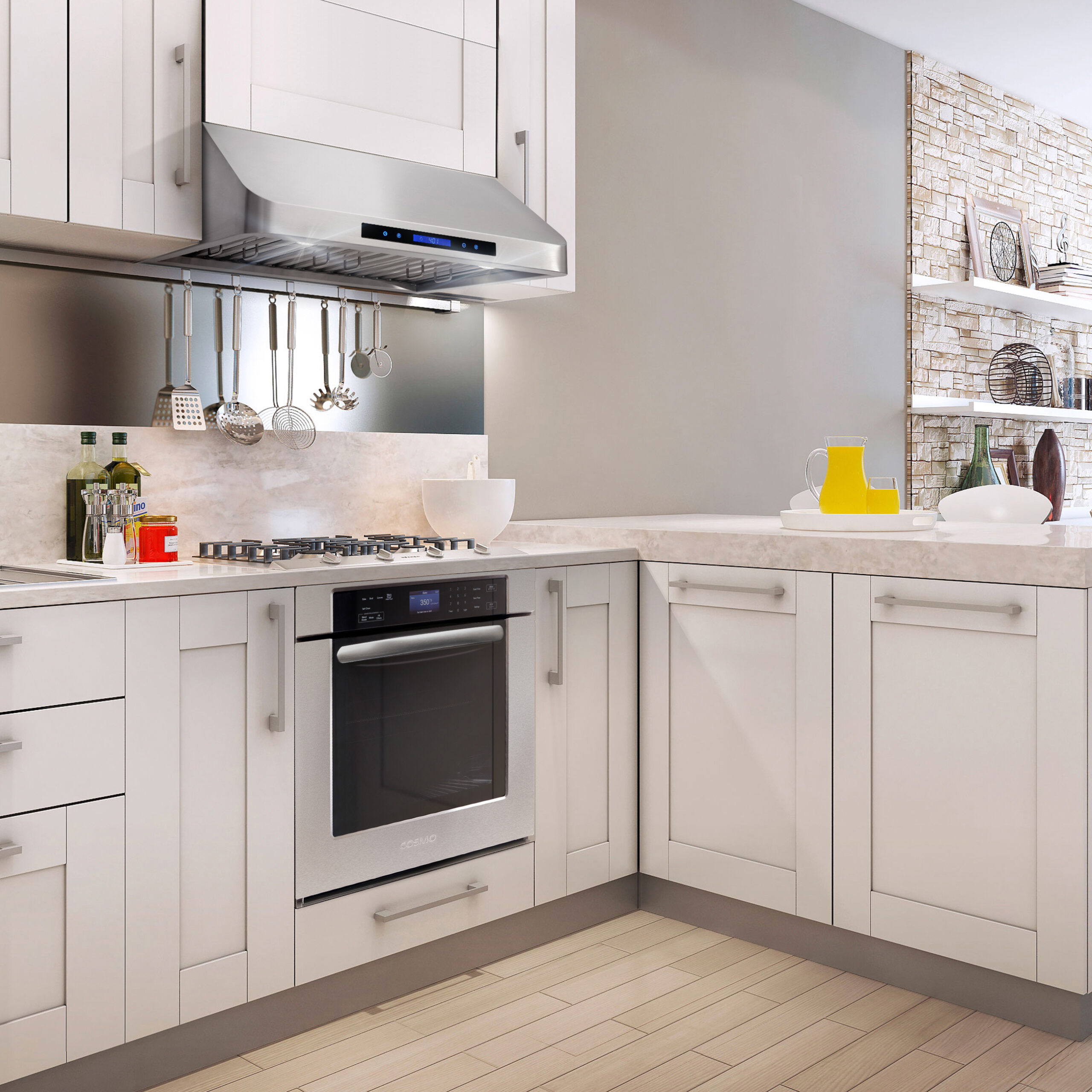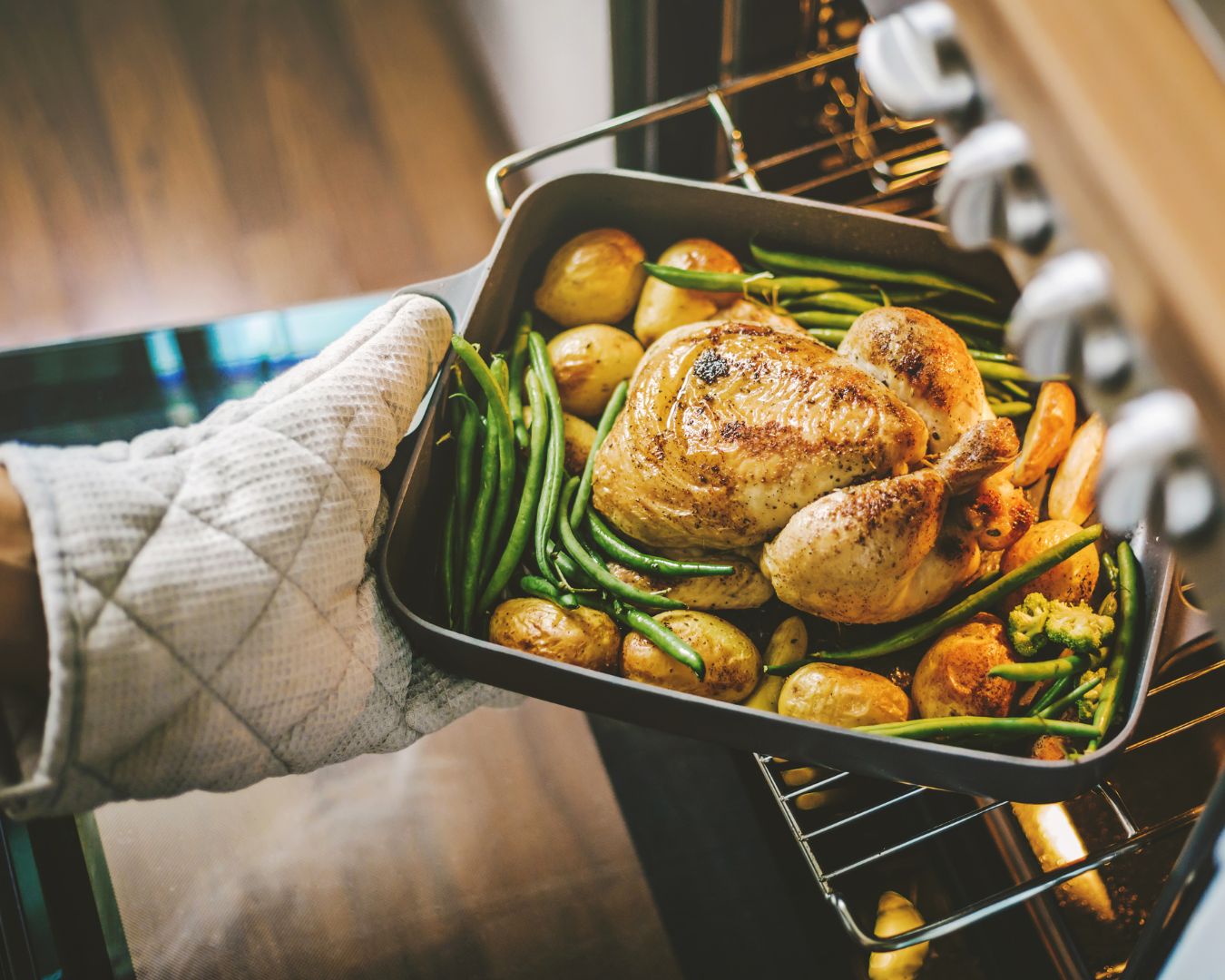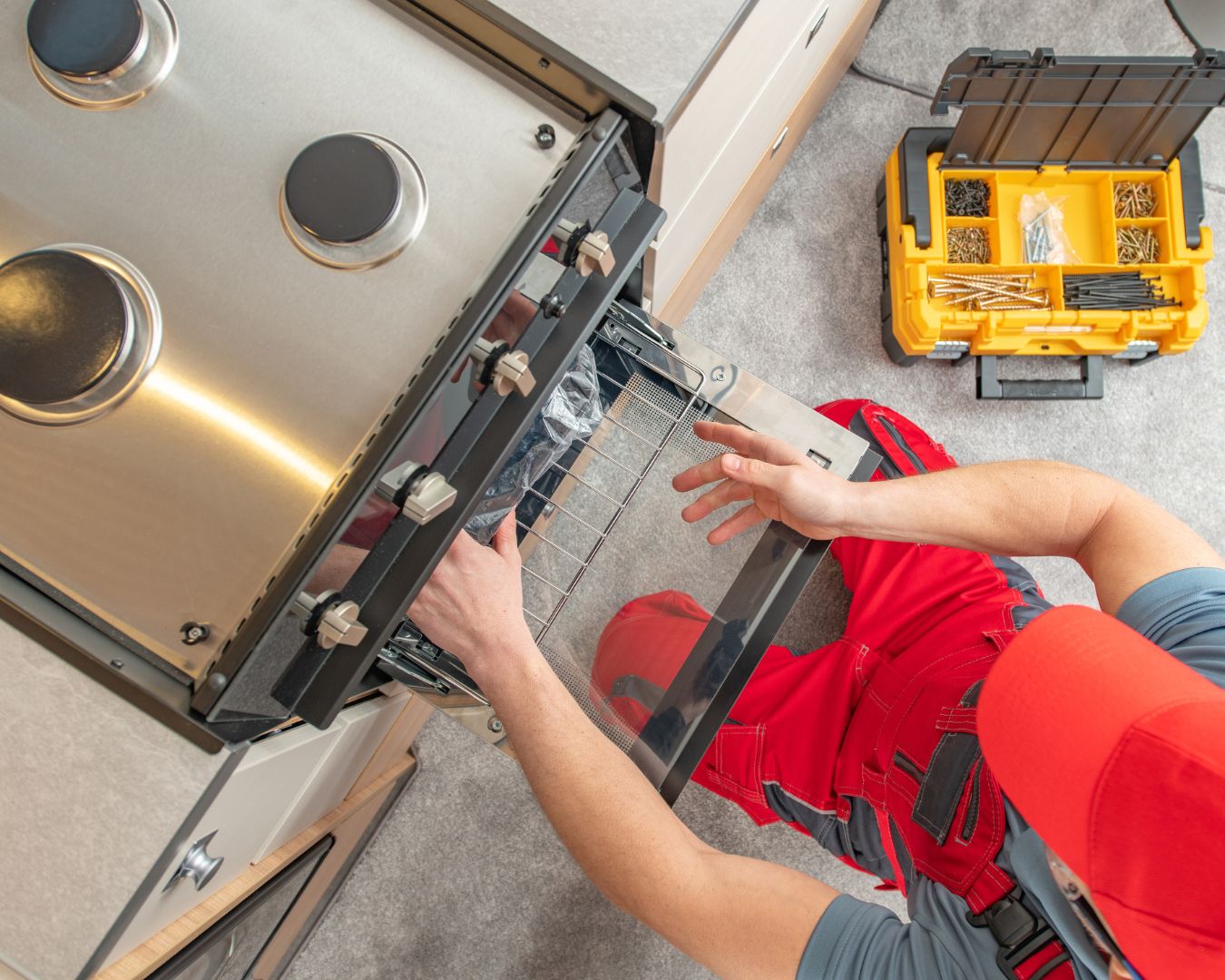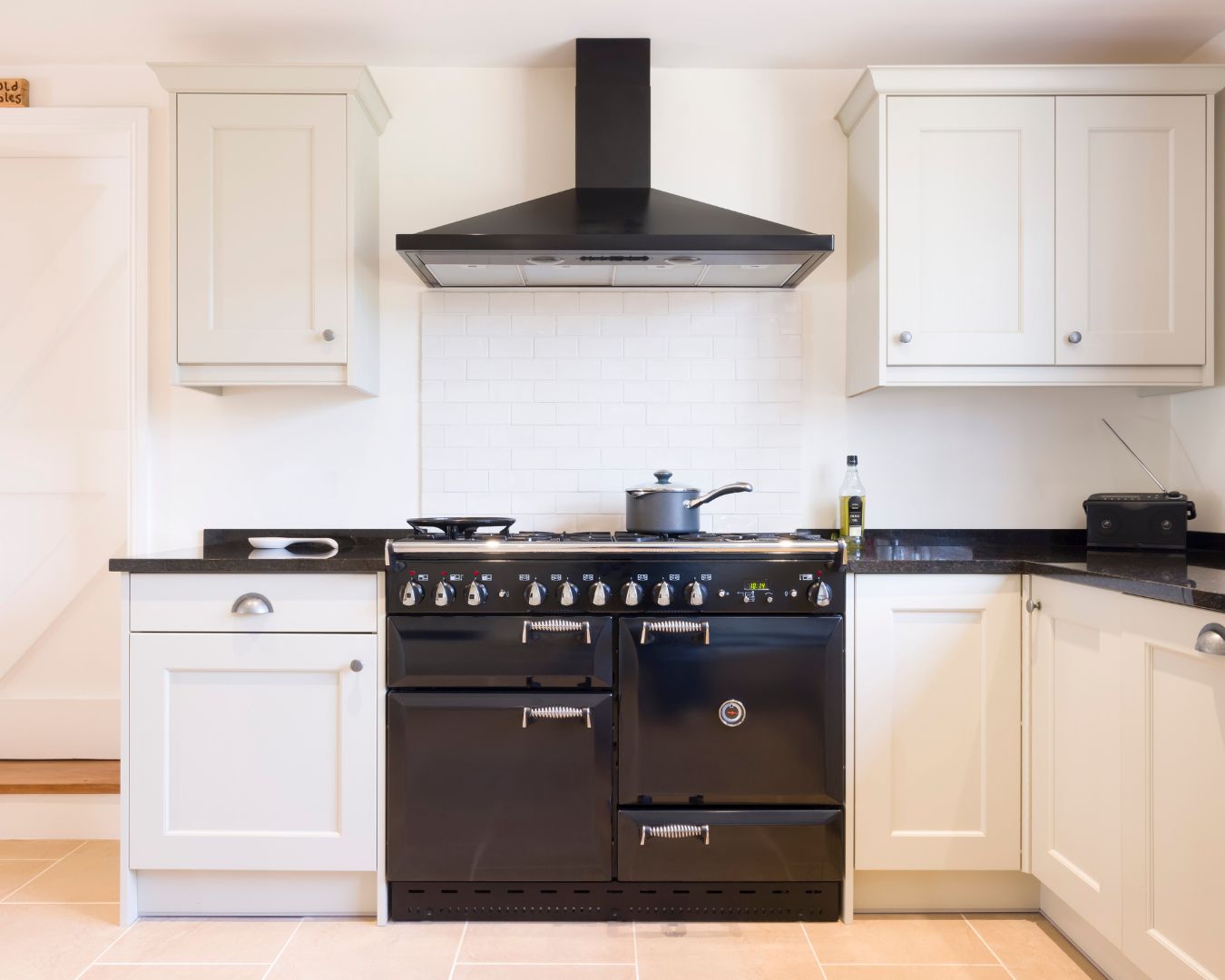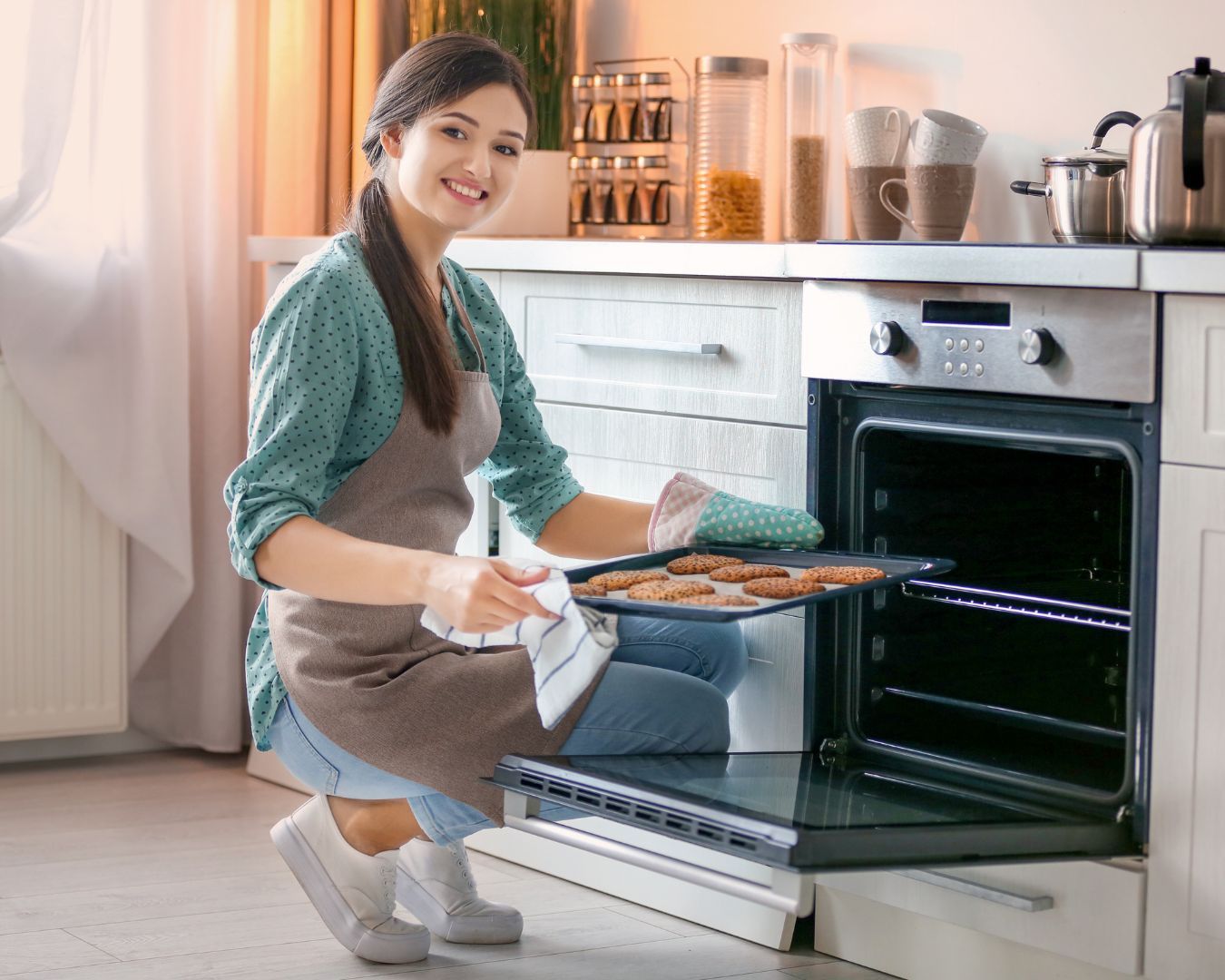How to Prepare Tofu and Tempeh: A Guide for Delicious Plant-Based Meals
Tofu and tempeh are two versatile and nutrient-rich plant-based proteins that have become staples in vegetarian and vegan diets. Both are made from soybeans, but they have distinct textures, flavors, and preparation methods. Whether you’re new to plant-based cooking or looking to expand your culinary repertoire, this guide will walk you through the basics of preparing tofu and tempeh, offering tips and techniques to create delicious and satisfying dishes. Understanding Tofu and Tempeh Tofu is made by curdling fresh soy milk, pressing it into solid blocks, and cooling it—similar to the process of making cheese. It comes in various textures, from silken to extra firm, making it suitable for a wide range of dishes. Tofu has a mild flavor, which allows it to absorb the flavors of marinades and sauces easily. Tempeh is made by fermenting cooked soybeans with a specific type of mold, creating a firm, nutty, and slightly earthy-tasting product. Unlike tofu, tempeh has a more robust texture and can be sliced, crumbled, or cubed. The fermentation process also makes tempeh a good source of probiotics, which are beneficial for gut health. How to Prepare Tofu 1. Choosing the Right Tofu 2. Pressing Tofu Pressing tofu removes excess water, which helps it absorb marinades better and achieve a firmer texture. Here’s how to press tofu: 3. Marinating Tofu Tofu’s mild flavor makes it an excellent canvas for marinades. Here’s a basic marinade recipe: 4. Cooking Tofu How to Prepare Tempeh 1. Steaming Tempeh Steaming tempeh before cooking helps soften its texture and reduce any bitterness. Here’s how: 2. Marinating Tempeh Like tofu, tempeh benefits from marinating to enhance its flavor. Use a similar marinade as you would for tofu or try a bolder mix with ingredients like coconut milk, curry paste, or smoked paprika. 3. Cooking Tempeh 4. Crumbling Tempeh Tempeh can be crumbled and used as a plant-based alternative to ground meat in recipes like tacos, chili, or pasta sauces. Recipe Ideas for Tofu and Tempeh Tofu Stir-Fry: Marinate tofu in soy sauce, garlic, and ginger, then stir-fry with your favorite vegetables and serve over rice or noodles. Tempeh Tacos: Marinate crumbled tempeh in taco seasoning, then sauté until crispy. Serve in tortillas with avocado, salsa, and fresh cilantro. Tofu Scramble: Crumble firm tofu and cook with turmeric, garlic powder, and your favorite vegetables for a plant-based alternative to scrambled eggs. BBQ Tempeh Sandwiches: Marinate tempeh in BBQ sauce, grill, and serve on a bun with coleslaw and pickles. Tofu and tempeh are versatile, nutrient-rich plant-based proteins that can be prepared in a variety of delicious ways. Whether you prefer the soft, absorbent texture of tofu or the firm, nutty taste of tempeh, these soy-based foods offer endless possibilities for creating satisfying meals. By following these preparation tips and experimenting with different recipes, you can enjoy the full potential of tofu and tempeh in your plant-based cooking.

